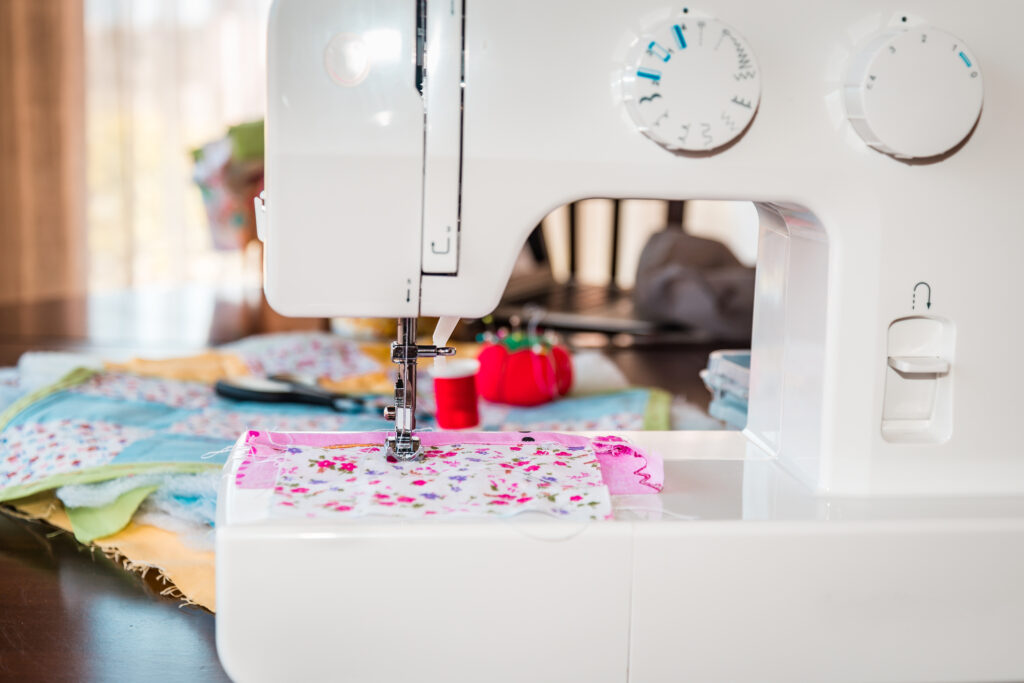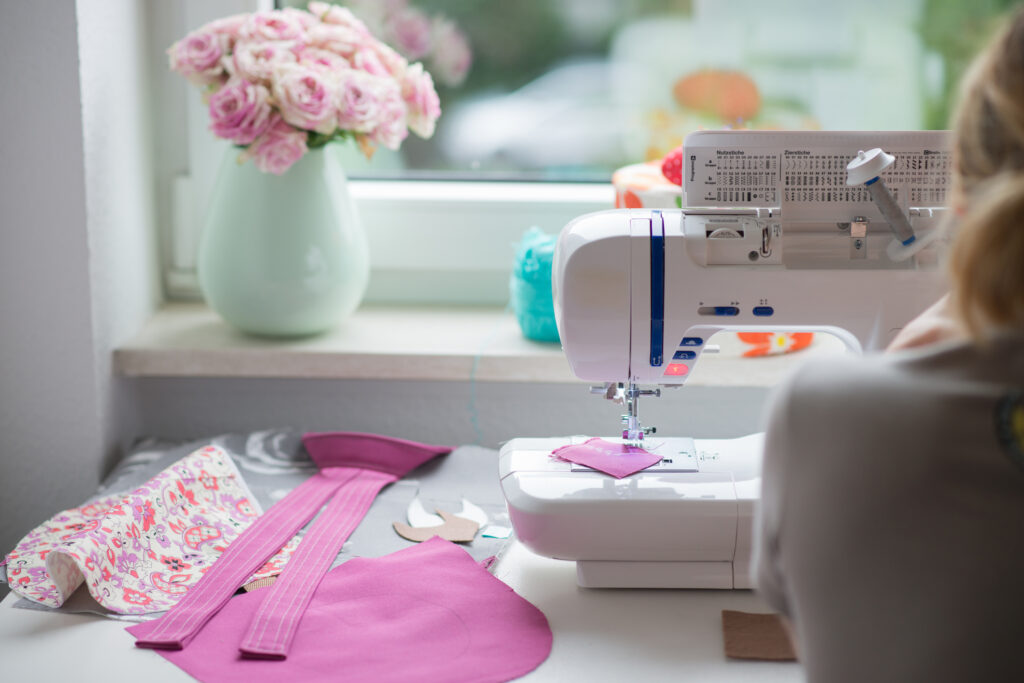Five Machine Maintenance Tips

Have you ever been driving and hear a noise that just does not sound right, or the brakes make a squeaking sound when you use them? When this happens to me, I always call the mechanic to get an appointment.
I have used the same mechanic for 25 years. When I take the car in, he has a checklist that he goes over with me. He then lets me know what needs to be done to the car including a price quote. Before I leave, he will also let me know when the next regular maintenance appointment should be scheduled. I have learned from experience that scheduled maintenance is better than emergency maintenance.
Just like any other mechanical thing your sewing machines (domestic and longarm quilting machine) should be taken in for regular scheduled maintenance. Problems with my sewing machine always seem to happen when I am sewing on a project with a deadline. A needle jam, uncontrolled tension, or the tread breaking continuously, are a few of the problems that I have experienced. The whole time I am thinking to myself “why didn’t I take my machine in for the scheduled maintenance?”

Here are five tips I have put together based on my experience to help you maintain your sewing machine (both domestic and longarm) in great working order.
- Know how to thread and use your machine. Most dealers offer a free class when you purchase your machine. No matter how long you have been sewing, take the class. New machines usually have new features that you should know how to use.
- Find a place that offers certified repair for your brand of machine. The place where you buy your machine is a good place to start. Keep good records of service and repairs. The manufactures warranty may depend on how well you took care of your machine.
- Check the owner’s manual to see how often you should oil and dust your machine. Fabric and thread create almost invisible particles of dust. Overtime those small particles become larger bundles of dust. Dust can create all kinds of problems for both you and your machine.
- Before I begin sewing every day, I start with cleaning. I wipe down the outside of my machine and the working area with a microfiber cloth. I check the bobbin hook and the bobbin case to make certain they are both free of dust and lint. If this area does have dust, I use compressed air to blow out the dust. This is the same canned air I use for my computer.
- You may disagree, but I start each new project with a new needle. I have been told by my fellow sewers over and over that this is not necessary. I consider this part of my regular maintenance of the machine. A dull needle can cause broken and skipped stitches. Who wants to spend their sewing time undoing stitches? A bent needle can be the cause of a needle jam that will lock your machine in place.
Practicing these tips over the years has helped me enjoy hassle-free sewing. I hope they help you too!
Send me an email with your favorite machine maintenance tips. I would enjoy hearing from you.

